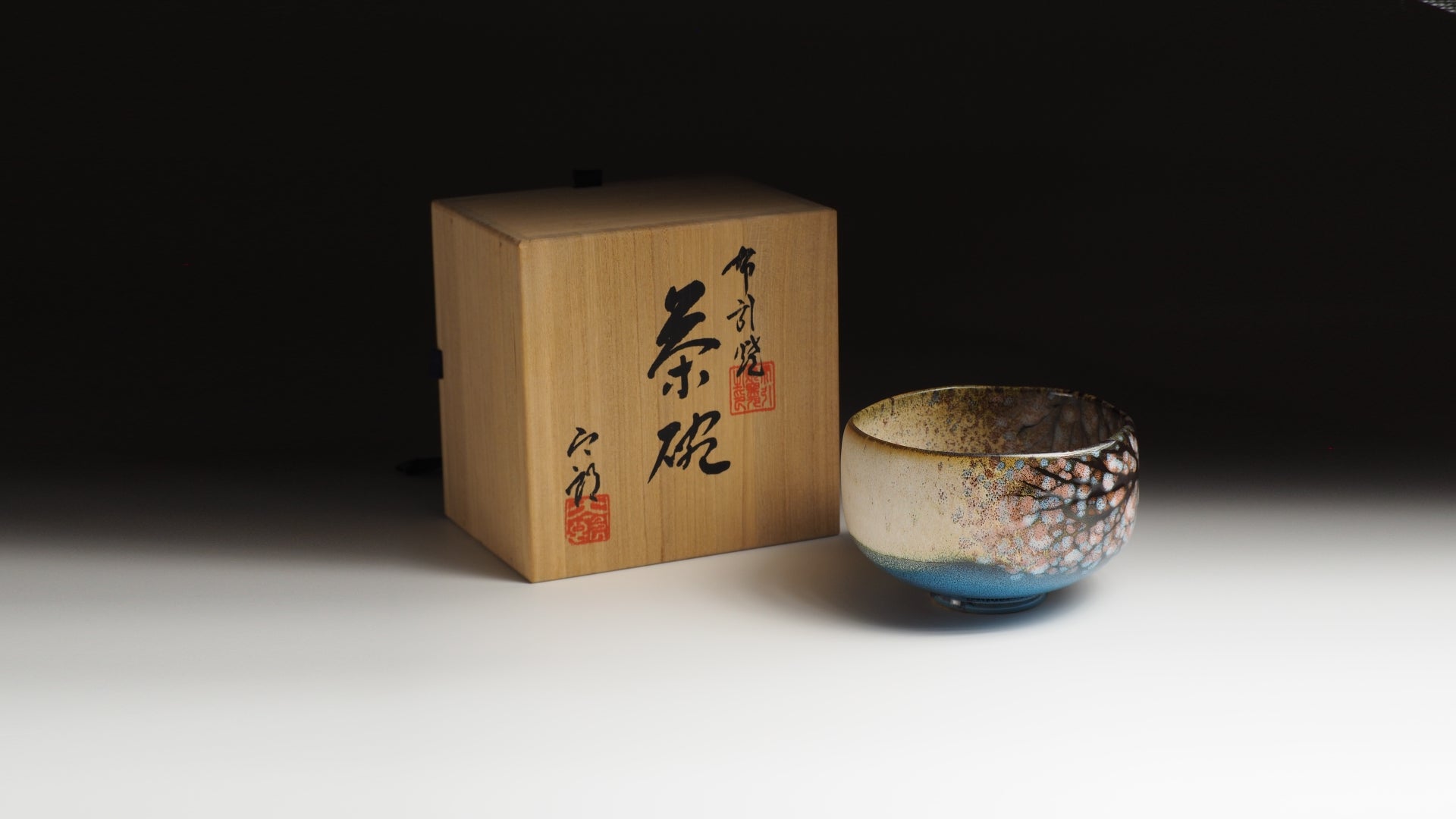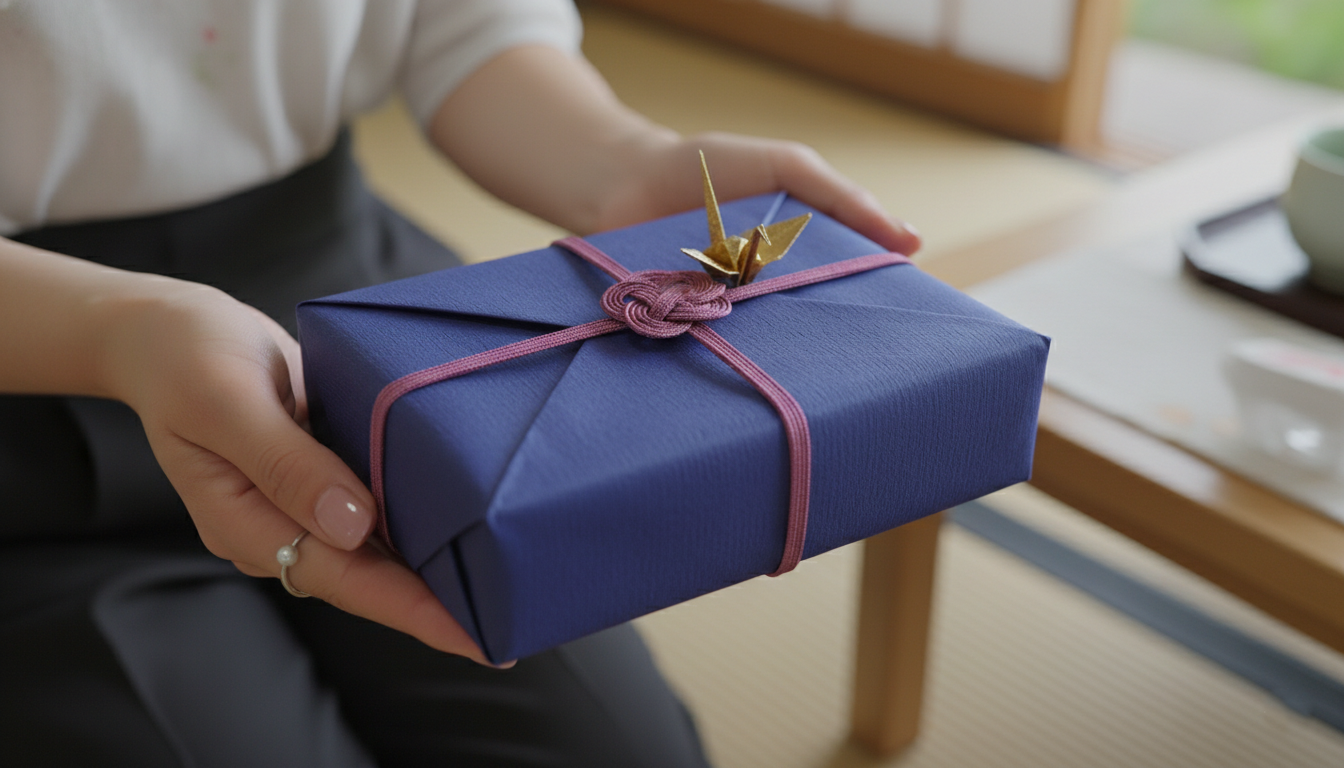Article: Made in Japan: A Beacon of Craftsmanship in a World of Mass Production

Made in Japan: A Beacon of Craftsmanship in a World of Mass Production
What makes Japanese craftsmanship feel so different from mass-produced products?
Explore the philosophies of monozukuri, wabi-sabi, and quiet luxury that define Made in Japan.
- Beyond Perfection: The Monozukuri Spirit in Japanese Craftsmanship
- Embracing Wabi-Sabi: Finding Perfection in Imperfection
- When Monozukuri and Wabi-Sabi Work Together, Not Apart
- Quiet Luxury, Made in Japan: The New Definition of True Exclusivity
- Why “Made in Japan” Feels Different
- FAQ on Made in Japan Craftmanship
Have you ever found yourself scrolling endlessly through online stores, looking for something truly unique, only to be met with an ocean of mass-produced goods that all look the same?
I know it’s frustrating, and unfortunately, this is a situation many of us experience, one that’s becoming more and more common.
In this scenario, Made in Japan artisanal pieces offer a meaningful alternative.
In a world flooded with uniform, factory-made items, Japanese craftsmanship stands out as a beacon of genuine quality and individuality.

Unglazed pottery bowl from Ohmi Ceramics, a great example of made in japan Craftmanship.
Each handcrafted piece tells a story of tradition, care, and unmatched skill, offering something truly special in a sea of the ordinary.
Let us briefly guide you through the main points that define what makes Made in Japan craftsmanship so exceptional.
Beyond Perfection: The Monozukuri Spirit in Japanese Craftsmanship
Is Made in Japan a mark of quality?
Well, for most people, the phrase immediately brings to mind exceptional products and meticulous attention to detail. There’s no doubt that it has become synonymous with quality and precision.
When we think of it in the realm of craftsmanship, it raises the bar even higher, drawing on a global reputation built over generations of skill and heritage.
For a Japanese artisan, it’s never about how fast he can make something; it’s about the dedication and care he puts into every detail.
In Japan, there is a word that expresses this concept: monozukuri (物作り, lit. “making of things”). It conveys a deep commitment to creating with sincerity, responsibility, and a true passion for the craft.

Kazuhiro Kojima, Nunobiki Pottery — embodiment of monozukuri in Shiga, Japan.
Every piece becomes a reflection of the artisan’s experience, discipline, and respect for the materials; a cultural ethic that values excellence over convenience.
And it is exactly this approach that transforms an everyday object into something purposeful and meaningful.
Embracing Wabi-Sabi: Finding Perfection in Imperfection
While monozukuri focuses on mastery and intention, the Japanese philosophy of wabi-sabi (詫び寂び) shifts our attention to something more subtle: the beauty found in natural variation.
But what exactly is wabi-sabi in the context of craft?
Imagine a ceramic cup where the glaze settles a little thicker on one side, or a rim that curves with a gentle softness instead of machine precision. These are not defects but they’re expressions of the material’s natural behavior and the artisan’s hand.
And this extends beyond ceramics.
In wooden crafts, the grain patterns, color shifts, or tiny irregularities are embraced as signs of authenticity, reminders that nature doesn’t repeat itself.

Handcrafted guinomi sake cup from Kaji, carved from Japanese magnolia wood. A quiet expression of natural wabi-sabi beauty.
Wabi-sabi invites us to appreciate these variations as part of what makes each object feel alive, personal, and unrepeatable.
When Monozukuri and Wabi-Sabi Work Together, Not Apart
At first glance, monozukuri and wabi-sabi might look like opposites.
One speaks of precision, discipline, and an almost spiritual devotion to doing things well.
The other highlights irregularity, impermanence, and quiet subtlety.
But in Japanese craftsmanship, these two philosophies don’t clash. They complete each other.
Monozukuri is the foundation.
It’s the artisan’s commitment to excellence, the years spent learning how to handle clay, wood, metal, or lacquer with absolute respect. It’s the skill that ensures a cup sits comfortably in the hand, a wooden tray feels balanced, or a teapot pours smoothly without spilling.
Monozukuri guarantees intention: every shape, line, and curve is created with purpose.
Wabi-sabi, on the other side, is the soul.
It reminds us that perfection isn’t the goal.
A glaze that flows slightly to one side, a wooden grain that curves unexpectedly, or a rim that is just a touch uneven; these aren’t compromises, they’re the traces of the human hand, the marks of time, and the natural character of the material.
Where monozukuri provides mastery, wabi-sabi gives freedom.

Emerald green glazed pottery from Usurai Pottery, featuring delicate ceramic crazing. A refined fusion of monozukuri craftsmanship and wabi-sabi aesthetics
This balance is what elevates Japanese craft to a different level altogether.
When monozukuri and wabi-sabi coexist, the result is an object that feels both precise and deeply alive, crafted with expertise, yet never sterile.
And it is exactly this duality that sets Japanese artisanal tableware, kitchenware, and décor far above mass-produced products.
Where industrial items are uniform and emotionless, a handmade Japanese piece carries intention, presence, and a quiet luxury that can’t be replicated on an assembly line.
The Importance of Small Batches: Patience, Ethics, and Human Touch
In a world that’s always speeding up and scaling bigger, Japanese artisans choose to slow down. They focus on creating small batches that emphasize consistency, intention, and precision.
This means each piece is individually crafted with care, and the materials are treated with respect.
It’s not about mass production; it’s about preserving a human touch and ethical labor where artisans pour their passion into what they create.
In other words, this is what "Made in Japan" truly means in the world of tableware, kitchenware, and decor: a commitment to quality that can never be rushed, and a respect for the craft that ensures every piece is ethically made by hands that truly care.
Quiet Luxury, Made in Japan: The New Definition of True Exclusivity
In today’s world, luxury isn’t just about a brand name or a flashy logo.
Quiet luxury is the appreciation for pieces that speak softly through their uniqueness, their intention, and the mastery behind them.
Think about it for a moment: owning something genuinely unique, an item that feels personal because it is crafted by an artisan with care, using time-honored techniques and the finest materials. This is luxury.
This idea becomes even more powerful when we speak about Made in Japan craftsmanship. Subtle differences, natural variations, and small imperfections are not flaws; they are signatures of the maker’s hand.
They are what turn each object into something truly irreplaceable.
Handcrafted Japanese wooden pieces from Tokuda Meiboku that embody a new meaning of luxury, rooted in simplicity and timeless craftsmanship.
Real exclusivity isn’t about owning what everyone recognizes; it’s about owning what no one else can have in exactly the same form.
Quiet luxury celebrates this truth: the art of the handmade, where authenticity becomes the most meaningful form of refinement.
Why “Made in Japan” Feels Different
Made in Japan craftsmanship is more than a label.
It is a philosophy shaped by monozukuri’s precision, wabi-sabi’s acceptance, small-batch ethics, and the quiet luxury of owning something truly unique.
Together, these ideas explain why Japanese artisanal creations resonate so deeply with people seeking quality, meaning, and authenticity in a world ruled by mass production.
FAQ on Made in Japan Craftmanship
These questions explore the meaning behind Made in Japan craftsmanship, quiet luxury, and the philosophy that makes each piece unique.
What does “Made in Japan” mean in terms of quality?
“Made in Japan” signals careful production, strict quality control, and respect for materials. It reflects a culture where artisans focus on precision, durability, and beauty in daily use, not just on appearance.
The result is an object created to be trusted and enjoyed over time.
What is monozukuri in Japanese craftsmanship?
Monozukuri is the Japanese spirit of making things with sincerity, skill, and responsibility. It is not only about technique, but also about attitude.
The artisan gives time, attention, and heart to every piece, so each object carries a sense of purpose and quiet presence.
How is quiet luxury different from traditional luxury?
Traditional luxury often focuses on visible status symbols, such as logos or strong branding. Quiet luxury values subtlety, comfort, and lasting quality.
It invites you to enjoy how something feels in the hand, how it ages, and how personal it becomes in daily use.
Why are small imperfections valued in handmade Japanese pieces?
Small variations in shape, glaze, or texture show that a piece was made by human hands, not by a factory line.
These differences add warmth and character. In Japanese aesthetics, they are seen as proof of authenticity and an important part of the object’s beauty.
Are Made in Japan handmade items suitable for daily use?
Yes, most Made in Japan handcrafted items are designed for everyday life. They balance beauty and practicality, so you can use them at the table, in the kitchen, or as decor.
With proper care, they become more charming over time, turning daily routines into small rituals.
Why do Made in Japan crafts often cost more?
The price reflects the time, training, and care behind each piece.
Many Japanese artisans work in small batches, using high quality materials and traditional methods.
You are not only paying for an object, you are supporting a craft, a workshop, and a cultural tradition.
How can I recognize authentic Japanese craftsmanship?
Look for balance in form, thoughtful proportions, and refined details.
Surfaces often show subtle textures or glazes rather than heavy decoration.
Information about the maker, the region, or the kiln is another good sign that you are looking at genuine Japanese craftsmanship.
How does quiet luxury relate to sustainability in Made in Japan pieces?
Quiet luxury encourages buying fewer, better objects that you keep for a long time.
Many Made in Japan pieces are small batch, carefully sourced, and made to last.
Choosing this kind of craftsmanship reduces waste and supports artisans who respect both material and time.


